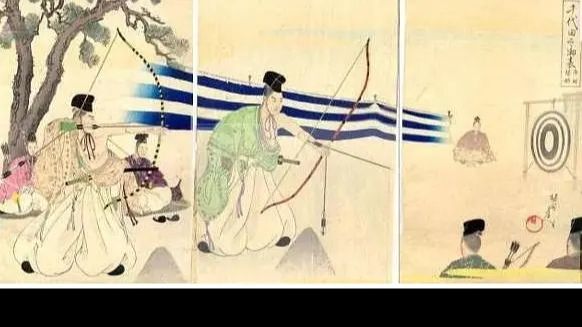The core thought of Gong Road is really good and beautiful
True: Shooting the target with your own self without falsely
Good: Seeking the inner sedation and normal heart
Beauty: Pure the mind, combine with the body of etiquette with the bow body
The "riding and shooting three things" prepared for the Kamakura period for the period of war, that is, "flowing horses, dog chasing, hanging" to the Edo period is still important. Simply explain what is the bottom of the riding and shooting three things: the so -called "flowing horse" you understand as a high -level dead target such as riding and shooting; "dog chasing" you understand as a dog running on the runway; "Hanging" is a variety of targets that are riding, positions, and different distances. The difficulty is larger than one, and it is closer to actual combat requirements than one. These are finally given sacred meanings by the Japanese, called part of the Japanese Shinto, and are still presented in culture and competitions.
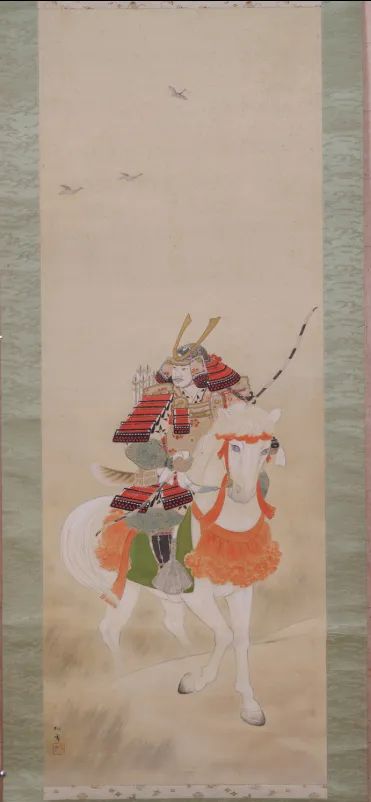
Sakada Gengxue "Picture of Yuanyi Family"
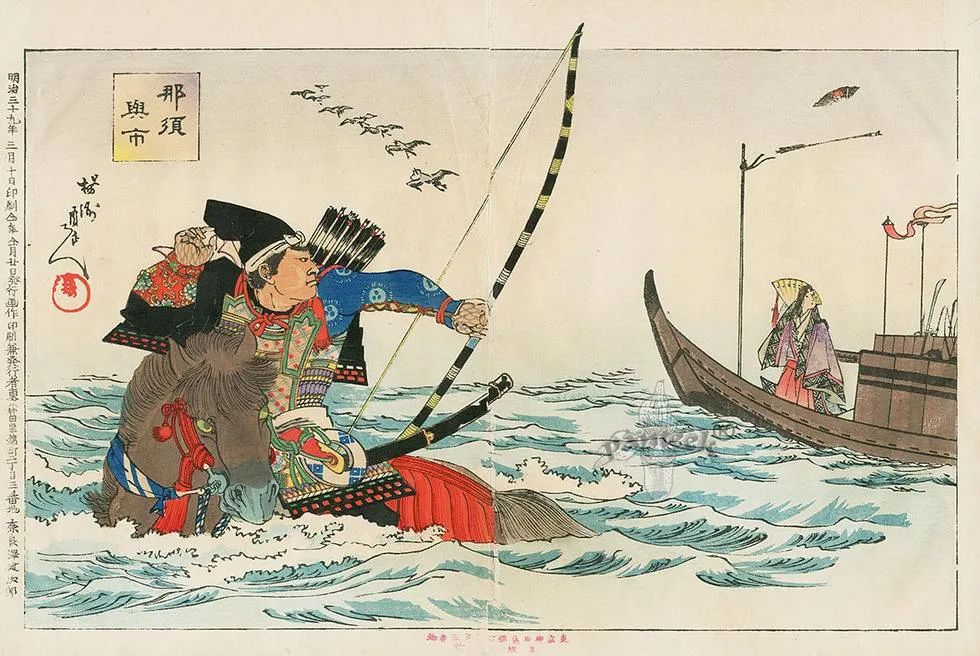
Nasuya City, also known as Nasu and I. The painter Takarahara Zhouyan (1838-1912) Edo from Edo to the Meiji period of the well-known painter from the Meiji period. The divisions of Gechuan Guofang, the three generations of Gechuan Toyota, and Fengyuan Guozhou, depicting domestic turmoil and the war scenes of the domestic turmoil and the Satsuma rebellion, the Southwest War, and the Sino -Japanese War of the Sino -Japanese War, and also depicts the impact of western culture in the Meiji era on Japanese society.
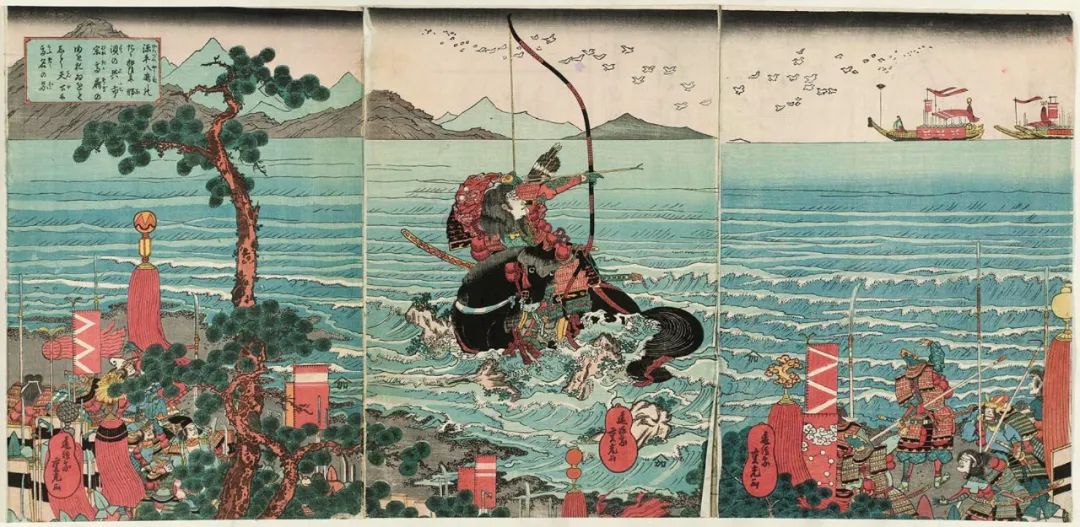
Nasu, one, the famous god shooter, the early martial arts general of Kamakura, his real name was Zonglong. It is the eleventh man of Nasuyon. At the age of ten, he moved to Gao Museum and Fukuhara. I have studied arrow techniques with Duocheng. Sui Yuanyi participated in the Pingshi to fight for the army, and in the Battle of the island, the arrow shot down the enemy's high fan.
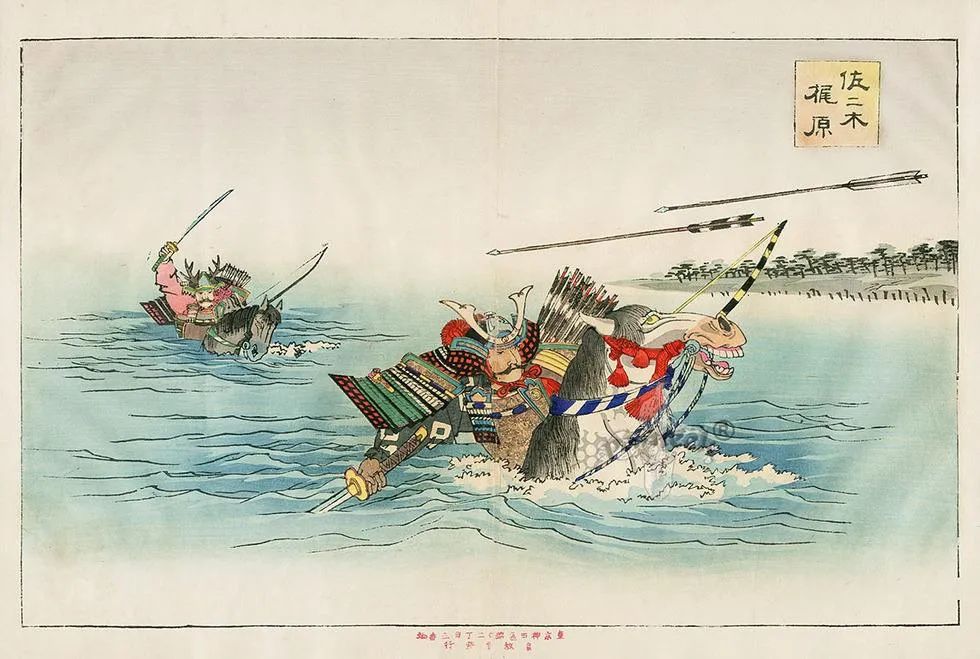
The Sasaki Out Out Out Out Out Out Out Out Out Out Out Out Out Out Outbaria, Sasaki, is the "Thirteen Warriors" who have been guarded by Lai Chao all year round. In the Emperor Scenic Season, the generals of the early stages of the Kamakura Shogunate, the man in the early scene of the Kamakura, the man in Pingyuan, and the man called the "Li Gui" man. Seven feet tall, face like crown jade, straightforwardness, bows and arrows are good, good work, good song, proficient in the rhythm, civil and military, the name of the horse is folding ink. In the recovery of Mu Zeng Yizhong's Urikawa combat, he fought to cross the river with Sasaki.
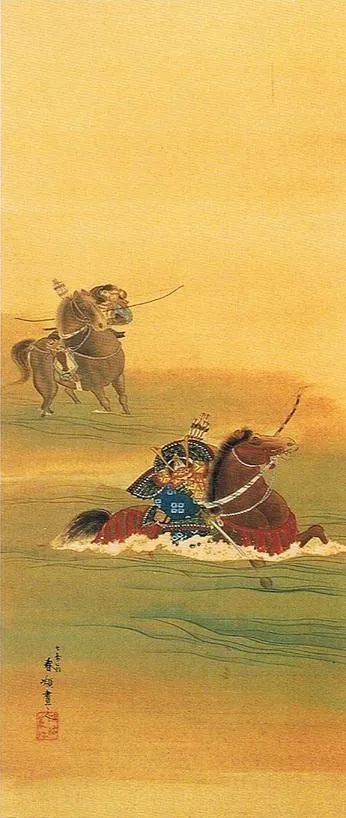
"Yuzhichuan Struggle"

"Uji Chuanhe Takura" 梶 梶 梶 (left) Sakura Outline (middle)
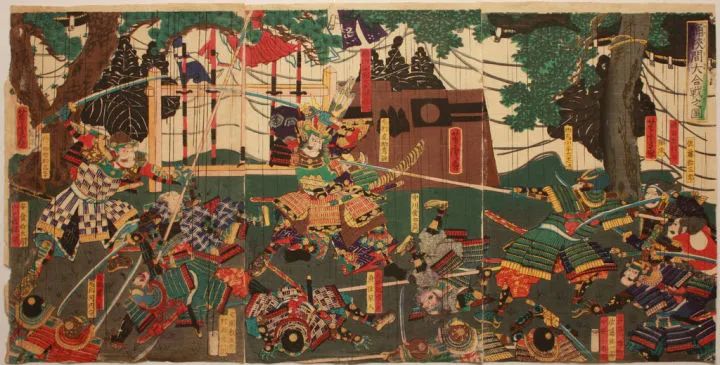
Barrel Narrow Battle
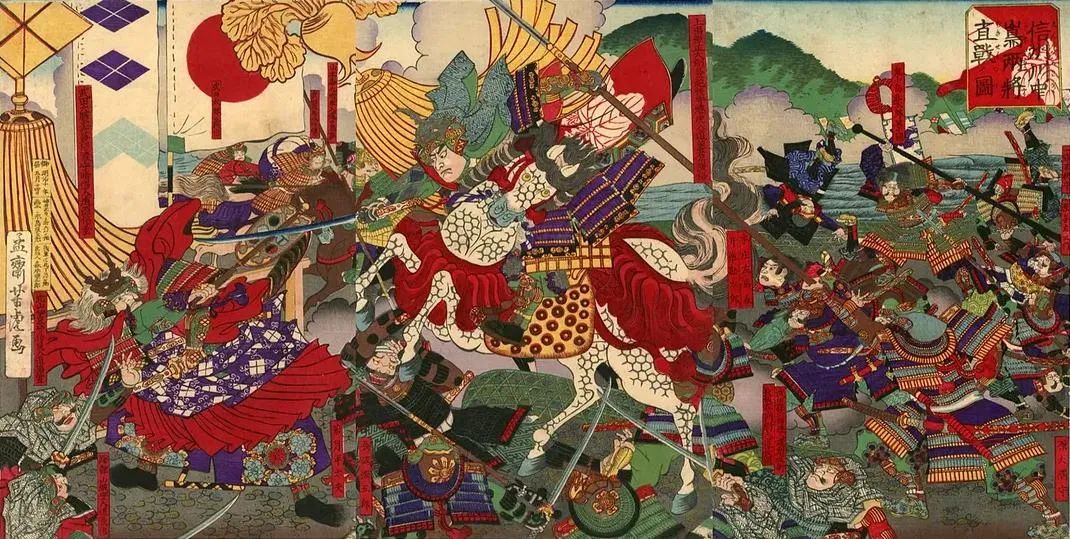
Chuanzhong Island combat map
Ogasawara, who specializes in the skills of bow and arrow skills in Muromachi Times, was hired by the shogunate general, called a teacher of the Gong Mariti Fa. With this opportunity, Ogasawara's family unified the previous and different types of shooting skills and established the foundation of the shooting skills. Ogasawara's bow is steps, flowing horses, and hanging. (General Tokugawa Yoshiko once instructed the martial arts genre Ogasawara to form a complete set of methods, so the various implementation rules of the horses are the most complete and rigorous, giving people a more formal perception. Ogasaka was flowing, and the flowers of Takeda Stream have been circulating to this day).
During the same period, the daily shot was called "the ancestor of the ZTE of Japan". The step technology he established was widely spread among subordinate samurai and ordinary people. He admires Zen studies, because as an excellent archer's mentality, he must be peaceful, and the mental power must be highly concentrated, so that the skills can be improved. The daily streaming technique, which was founded by the daily bombs, was inherited from Yoshida Liu, which was founded by Yoshida Hyoshi, and then developed different branches such as Yunpai, Xuehe faction, Daosue, Indian West School, and Tibetan faction.
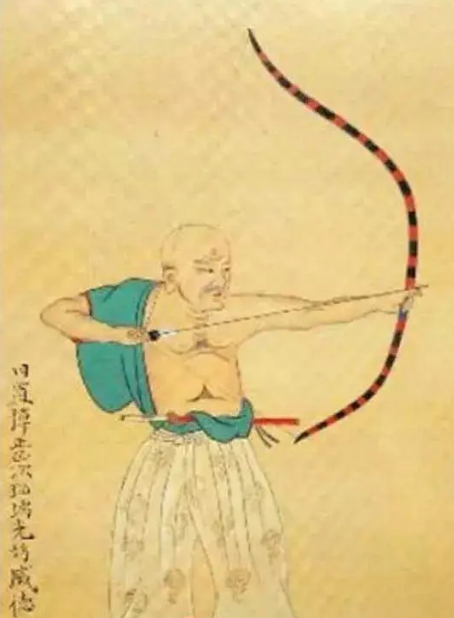
"Japanese Bow's ZTE Ancestors"
In the form of "Tang shooting", the origin is said to be in 1156. A samurai was in the thirty -three halls of the Lianhua King Institute in Kyoto. Since then, there have been often shooters in the 33rd hall to conduct a radio force comparison. This kind of test is called "Tong し 矢". Later, this kind of competition spread to various places. The famous venues include the west corridor (about 106 meters) of the Dongda Temple (about 106 meters), and the thirty -three halls of Edo (about 122 meters). After that, various competition items were developed, such as the "large vermica" with a large number of arrows day and night, and who shot the number of "Thousand Shoots" and "Bai Shijie" in thousands of arrows or hundreds of arrows wait. At the beginning of Edo, because of the diligence and traffic system implemented by the Tokugawa Shogunate, the arches of each vassal often had the opportunity to conduct such bow tests in the 33rd halls in Kyoto and Edo. If the 33rd hall of Edo can seize the first and maintain the highest record, it can get the title of "Edo One", which makes the contestants at the time endless. In the middle of the Edo period, the continuous shooting far target competitive activities called "Tong し Ya" reached the heyday. The adult rituals held in the thirty -three halls in Kyoto are now evolved from the development of "Tong Ya".
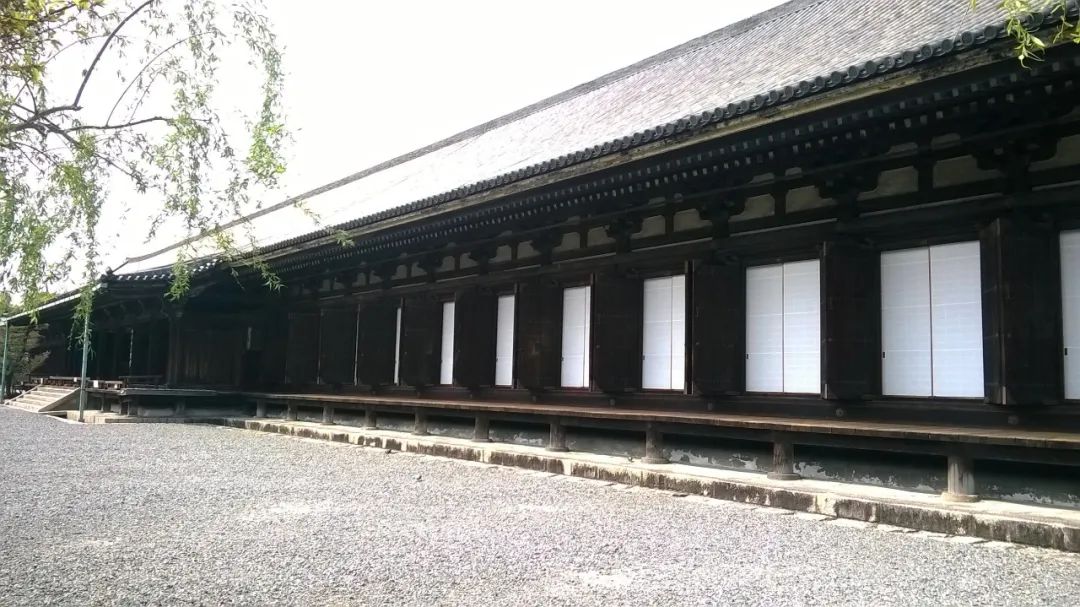
Thirty -three halls
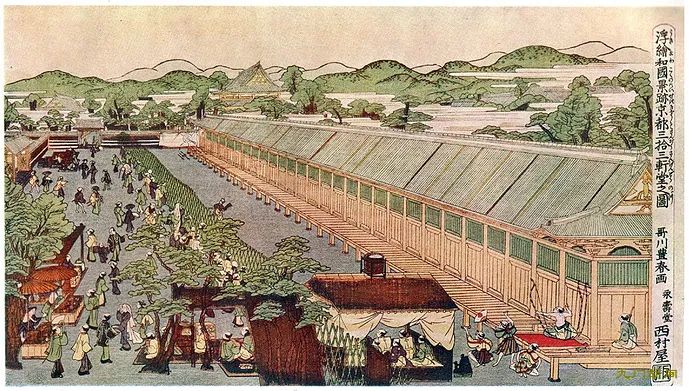
Painted Kyoto Sanshi Sanxuan Temple's picture (Ge Chuan Toyoto) in the Edo period, the scene of the 33rd dotted archery competitions of that year.
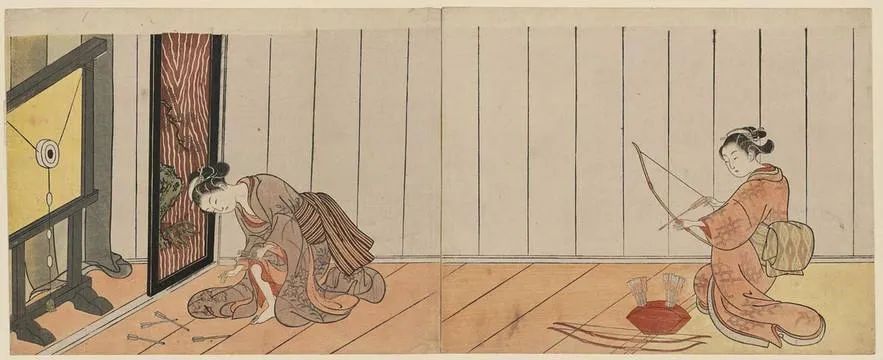
Suzuki Haruhiko's archery competition in the tea room
In the middle of the Edo period, the famous scholar Yosheng Lai once introduced a variety of Chinese shooting books to Japan. He selected about twenty -one types of Chinese shooting books in his life and compiled it into a book "Setting Books Gathering Chinese Characters". Become a full -content radical book. In the episodes of the Ming Dynasty, there are a few minorities such as Qi Jiguang's "New Book of Ji Effect" and Gao Ying's "Authentic RF". He Shenglai was respected by Japanese scorers with his lofty fame to make him selected by his selected "Setting Books Gathering Chinese Characters".
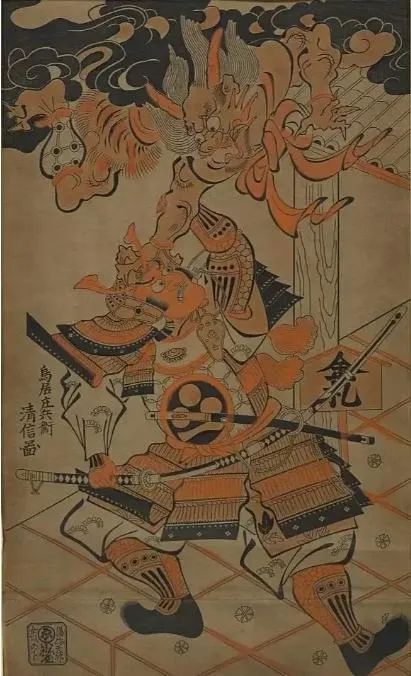
Torii Qingxin Samurai Painting
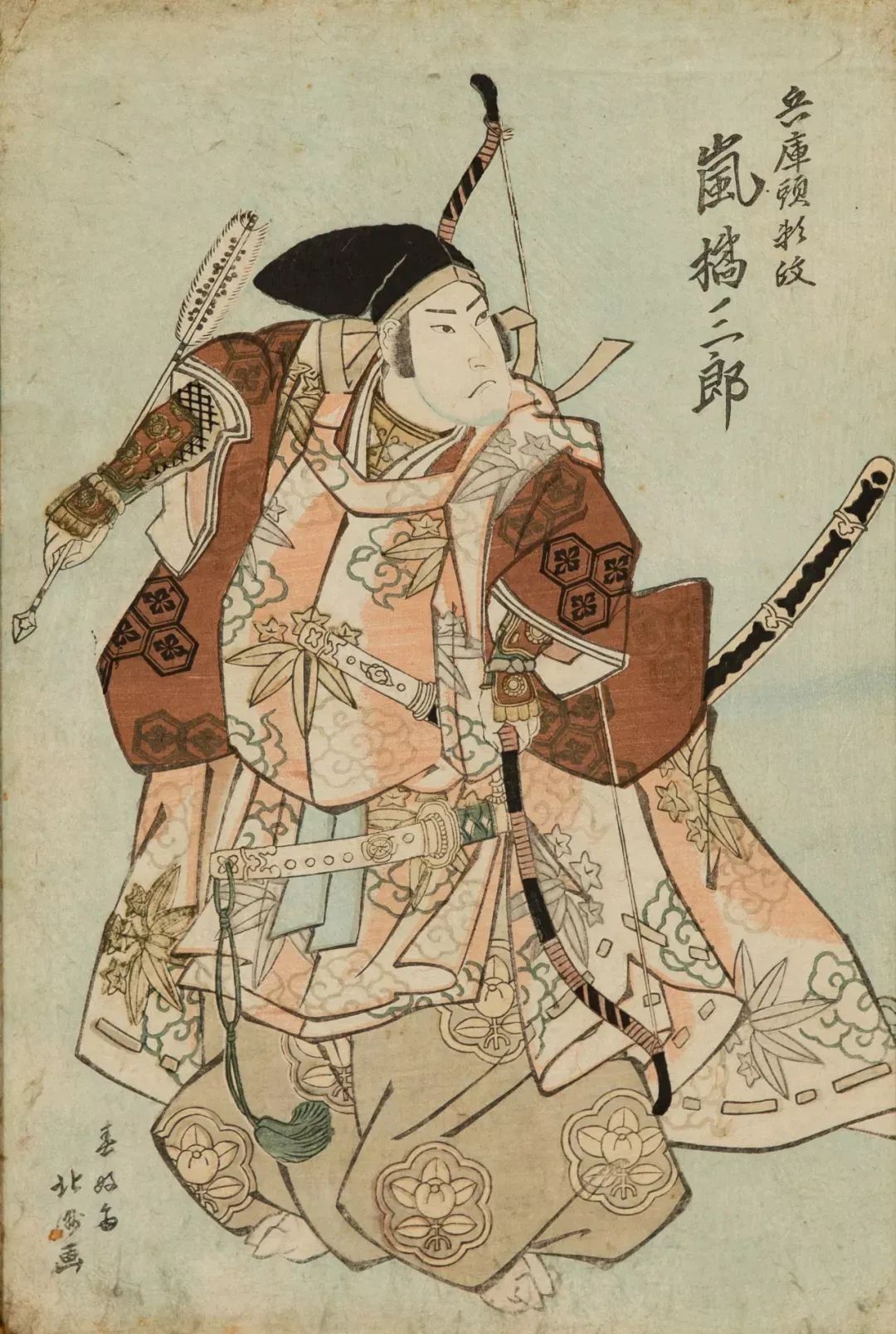
Chunhao Zhai Beizhou painted "Hyugumi Laizheng Lanzhi Satsuko"
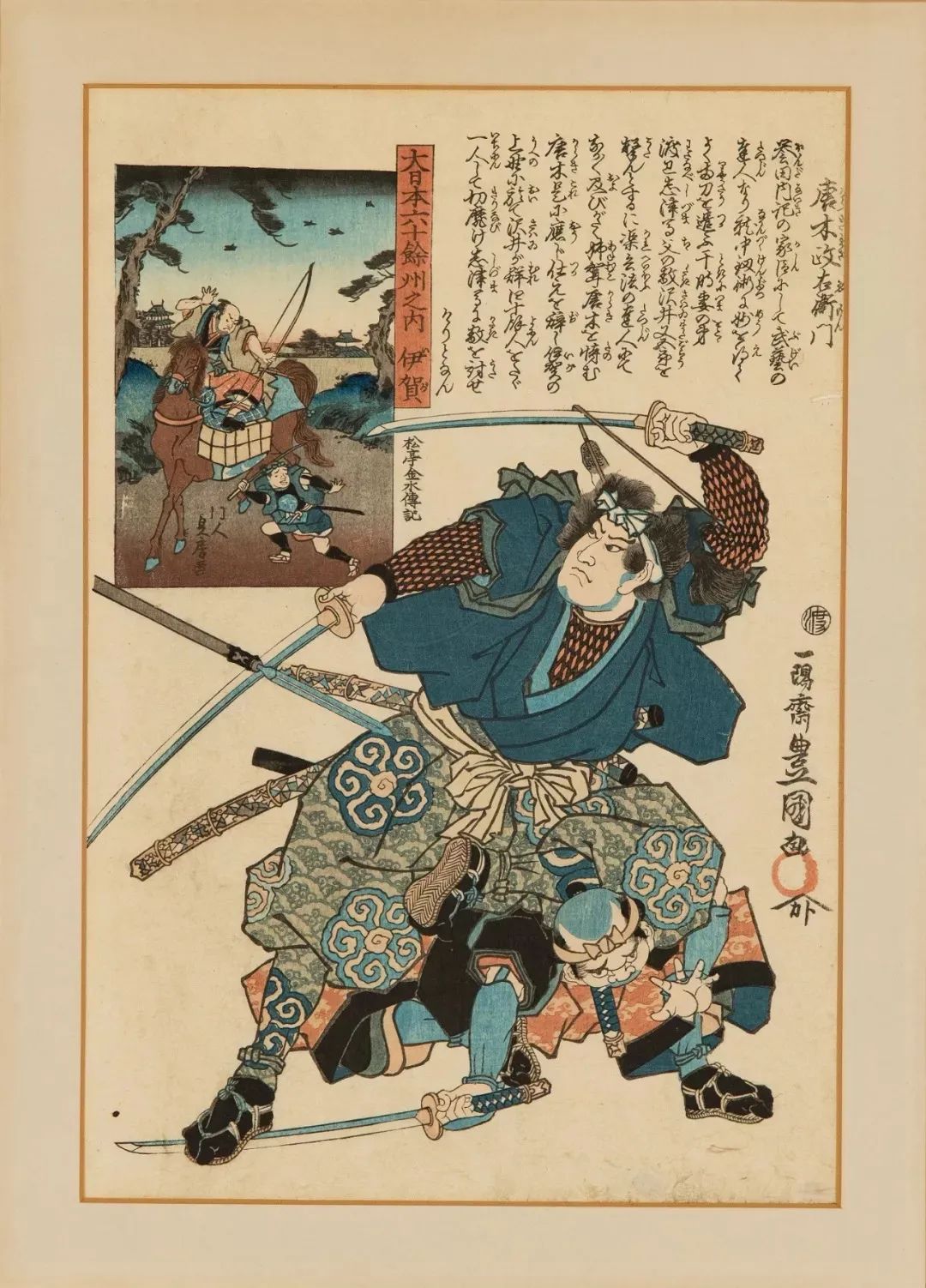
Gekawa Guozhen painted "Iga Tonagi Zhengyou Gate within 60 states in Grand Japan"
During the Muromachi era and the Antu Tao Mountain era, the application of the bows and arrows with weak wounded effects with the more advanced Western fire rope hook guns once declined sharply. In the late Warring States Period, bow and arrows are no longer the main combat power on the battlefield. Fortunately, the technology of "bow shooting" can still be valued with the image of samurai martial arts symbols. Later, in the Edo era of Tai Ping in the world, bow art has become a traditional art that can exercise the body and mind at the same time, and has since developed a large -scale archey genre and shooting standards.
Bow is originally one of the important symbols of the martial arts of the samurai group, but this concept has produced huge twists and turns during the era when Edo and Meiji alternate. In the second year of Wenjiu (1862) at the end of Edo, the shogunate abolished the "Equipment of Bowli" (a professor subject in the martial arts institute (a kind of martial arts school) in the martial arts institute Remove Bow. During the three years of Qingying (1867), the traditional status of bow surgery quickly declined sharply with the collapse of the Square system and the collapse of the samurai social structure. In the fourth year of the Meiji (1871), general schools containing martial arts education nationwide were banned by new types of vassal schools. Not only did bowlism, but even other types of martial arts disappeared and disappeared.
After the Meiji Restoration, the cashier system collapsed. Since the opening of civilization and the development of Europeanization, it has been introduced into Japanese society. Bow techniques have gradually reduced into entertainment only for the low -class society. Fortunately, a group of archers opened their own dojo each. They tried their best to preach their regular bow roads and tried to keep the lifeblood and traditional culture of the bow road.
In order to inspire the people's patriotism in the Middle of Meiji, the Japanese authorities have pioneered the spiritual education of the national spirit, so some of the ancient martial arts spirit concepts that have been declining have been valued by the country again, and the bow is also among them.
